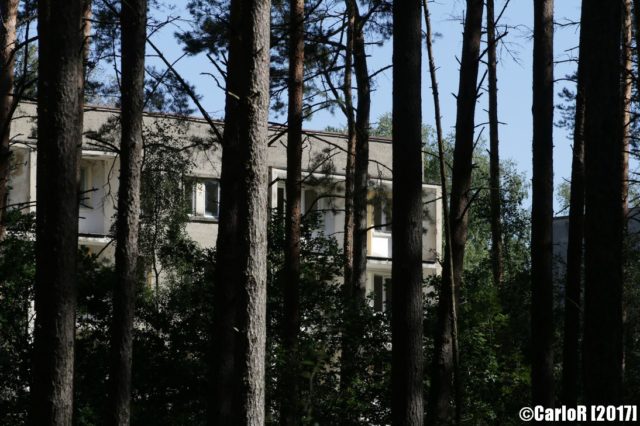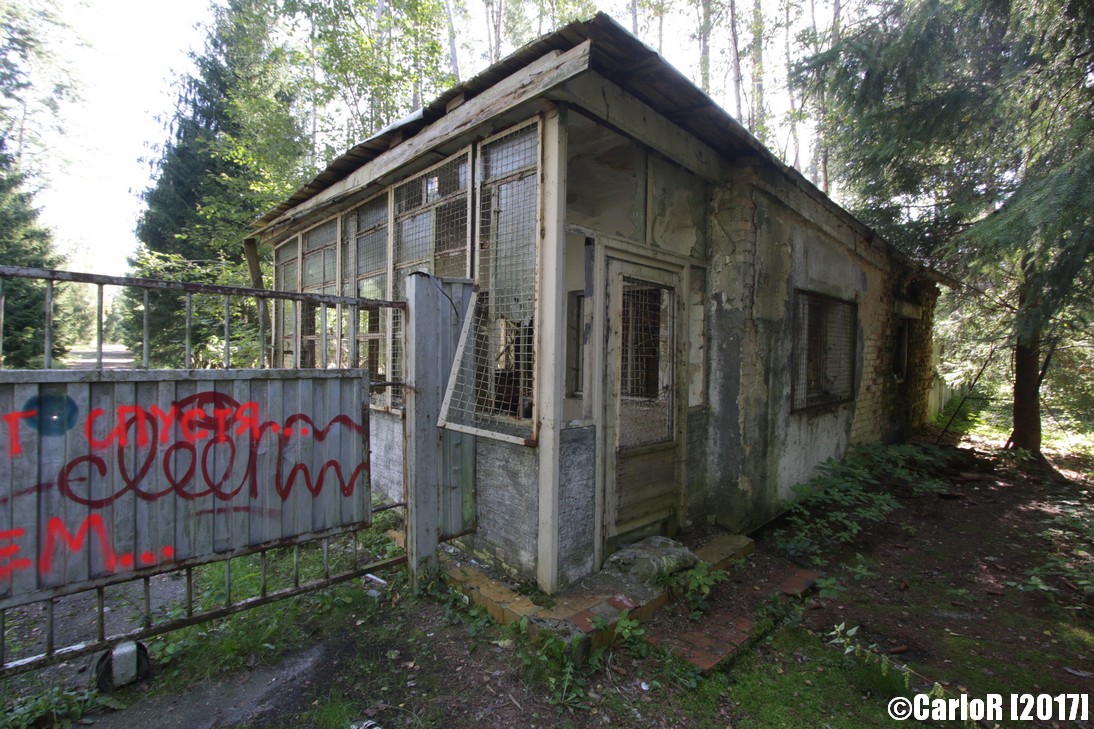About 35 miles north from Berlin is the town of Furstenburg in the Oberhavel region. Situated on the River Havel and with three lakes nearby, it’s a picturesque place, but in early 1959, it was home to 12 Soviet Shyster missiles.
The German town of Fürstenberg was overrun in 1945 by Soviet forces, and the 2nd Guards Tank Army of Soviet Forces in Germany were stationed there. A base known as GSSD Neuthymen was constructed in the middle of the dense surrounding forest for the tank regiment.
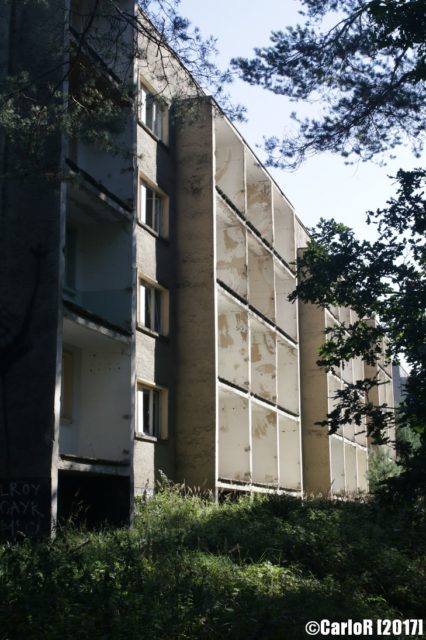
By that point, Soviet scientists had developed the R-5M missile (known as the SS-3 Shyster by Western powers) which could deliver a devastating payload. However, a significant drawback was that its range was only 800 miles.
Consequently, Russia set about identifying launch sites in the German Democratic Republic (GDR) which would enable it to target Britain, France, and Belgium during the Cold War. It is estimated that 3% of GDR land was used by the Soviet military.

The Soviet high command swiftly realized the potential for both expansion and secrecy that the Fürstenberg site held, so the decision was made to transform the base into one capable of launching missiles.
Since the base was stationed around ten kilometers (just over six miles) away from civilization and surrounded by forest, the existence and positioning of the missiles could be kept as secret as possible.
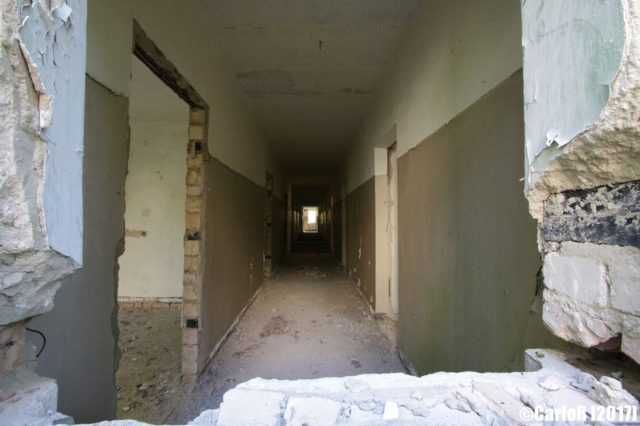
In December 1958, the 72nd Engineer Brigade and their families were stationed here, but experts and specialized engineers soon joined them to work on the changes needed. Launch sites were created, measuring about 30 feet long with a diameter of 5-6 feet. At one end of the launchpad was a “crown,” a piece of metal used to anchor the missile to the ground by means of a small gantry.
Thankfully, the Russians never came to use the weapons at this site. As relationships shifted during the Cold War, the missiles were moved in August-September 1959 to Russia. The site, which had been built for tank regiments, returned to its original purpose, and tank units were stationed there until 1992.
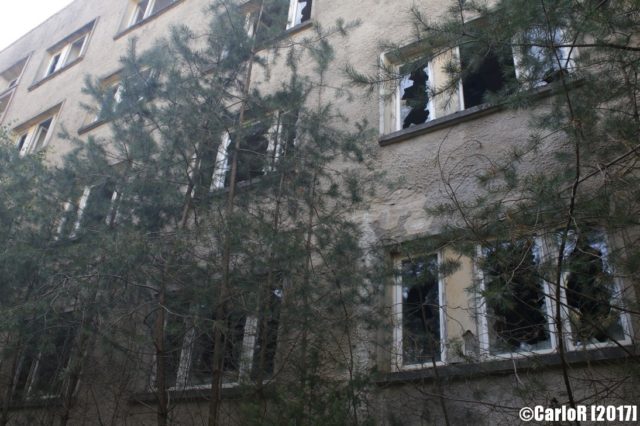
After the site was abandoned, its secrecy fell away. It soon became a draw to urban explorers who reported that the site was relatively accessible, with good paths that were once gravel roads used to move the missiles around.
However, the Soviet soldiers left behind soil that was full of ammunition and toxins, meaning that visitors need to take great care.
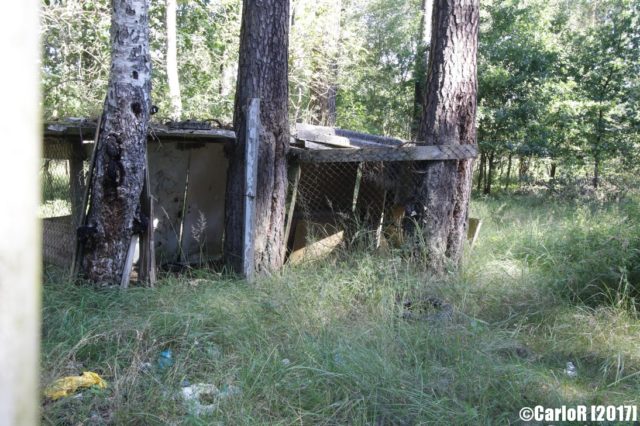
Documents about this site are scarce, so not much is known about its construction. However, the fact the residential buildings have been built in two different styles suggests two phases of construction.
Sturdy concrete slabs needed to withstand the heat of a missile launch can still be found in the area. Around the launch pad, there should be storage tanks for fuel, an electric generator, and a control cabin. However, most of those are gone now.
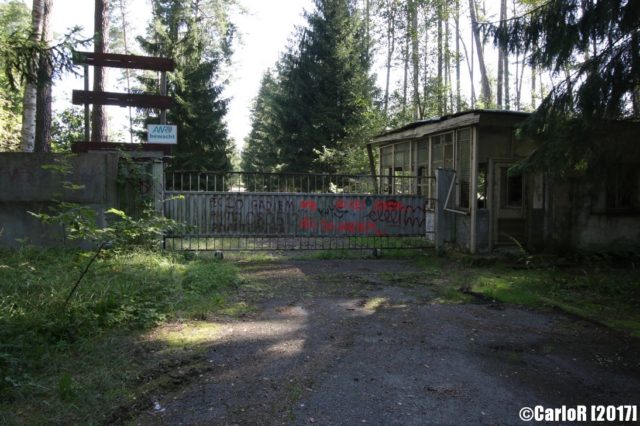
The most obvious testaments to this site’s military history are two concrete bunkers. The size of the larger bunker suggests it might have been used to store missiles. Today, abandoned and dilapidated, the smaller one is now used by roosting bats.
There are fewer buildings standing at the Fürstenberg base than at its sister base at Vogelsang, which is 12 miles away and was transformed for the same purpose. Generally, the site is being reclaimed by nature as grass and shrubs start to cover the remnants of concrete walls and barbed wire.

The future of the Fürstenberg base is uncertain. Understandably, Germany generally chooses to demolish Soviet bases on its territory. But with two nuclear bunkers made of reinforced concrete, it might take a while to remove the Fürstenberg base from the map.


The photographer, CarloR, runs a blog about his travels. He likes to visit places that do not usually fit into typical travel plans. Before each trip, he carefully plans all the details and uncovers as much as he can about the history of his chosen location.
Afterward, he openly shares everything that he has learned as well as his experiences upon reaching his destination.
CarloR also takes many detailed photographs of his explorations and publishes them in an article. Visit his website and feel free to contact him with any questions about trips you might have.
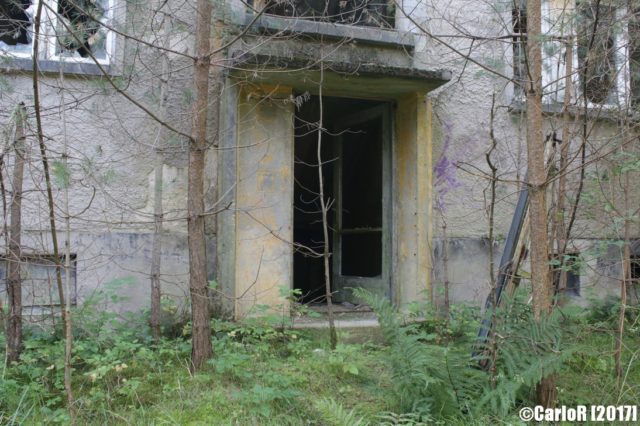
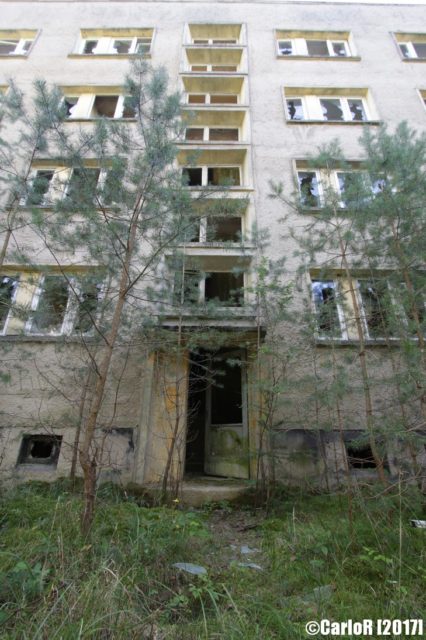
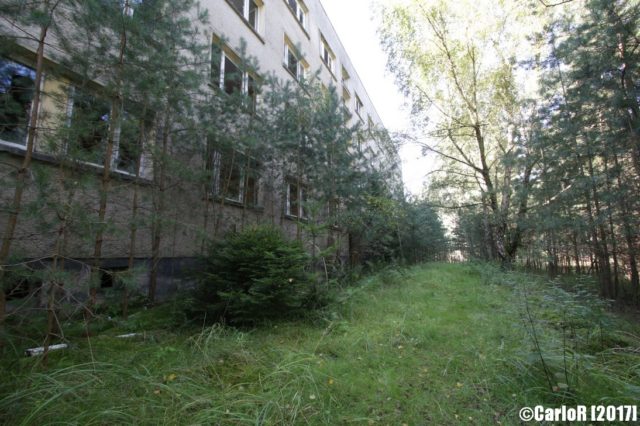
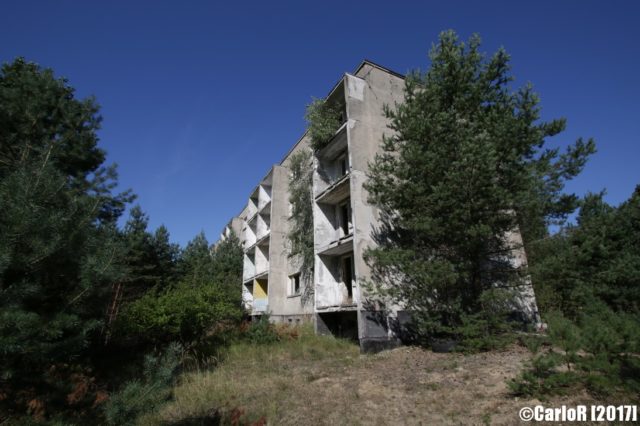
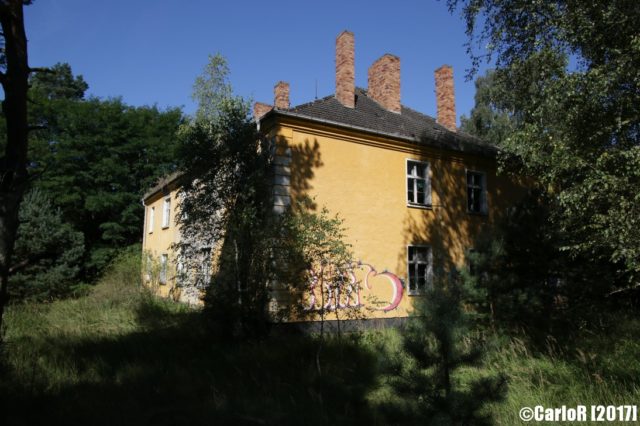


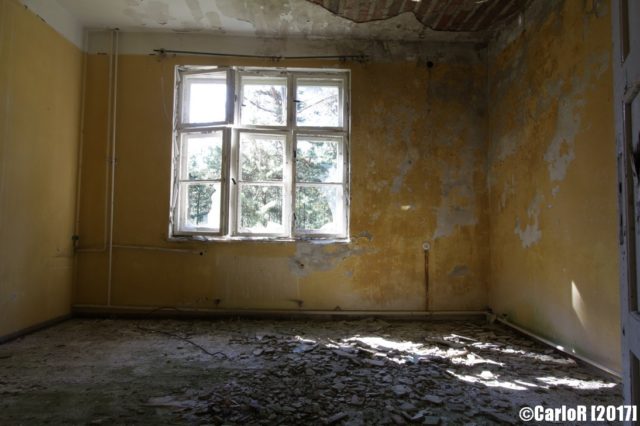
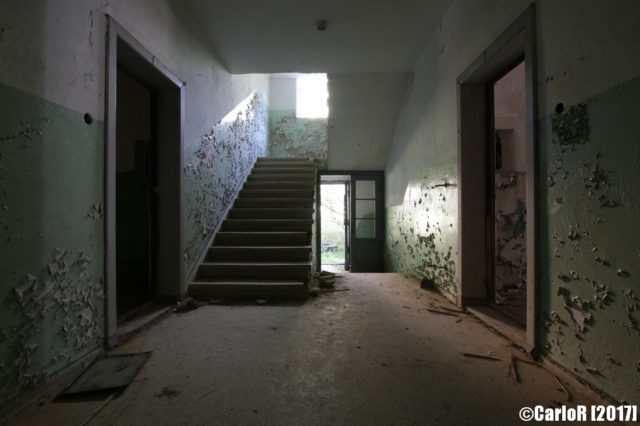
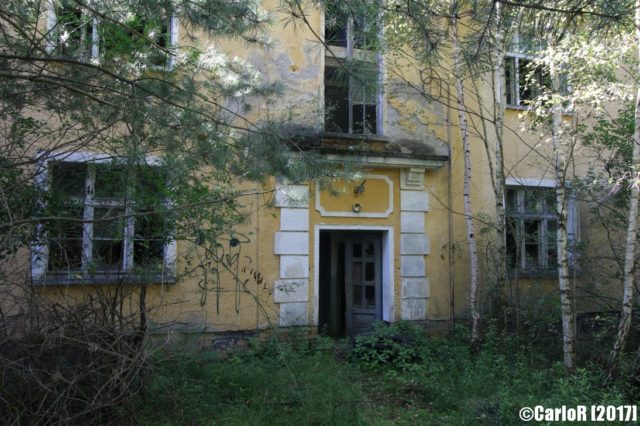
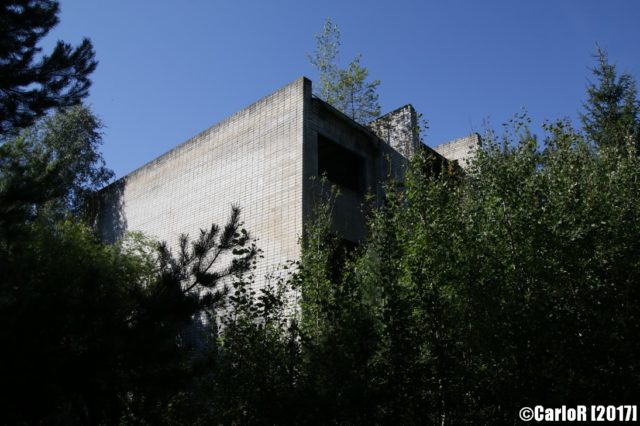
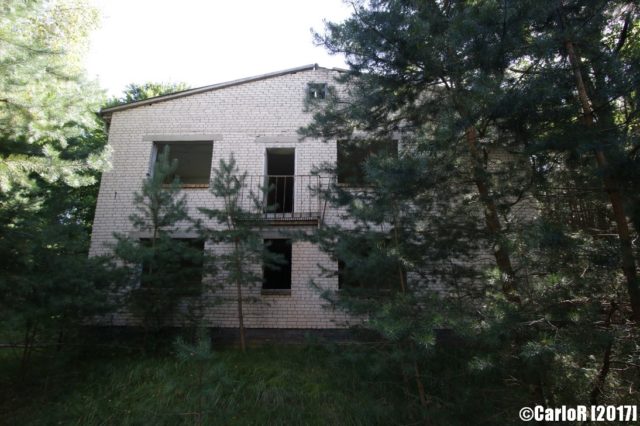
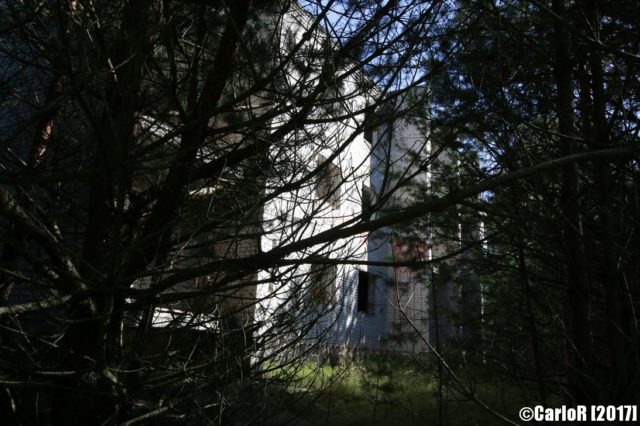
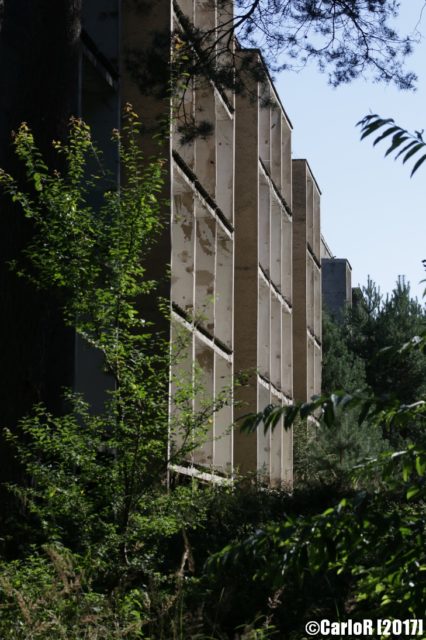
Another Article From Us: Decaying 19th-Century Gun Tower is Up For Sale (Again)
